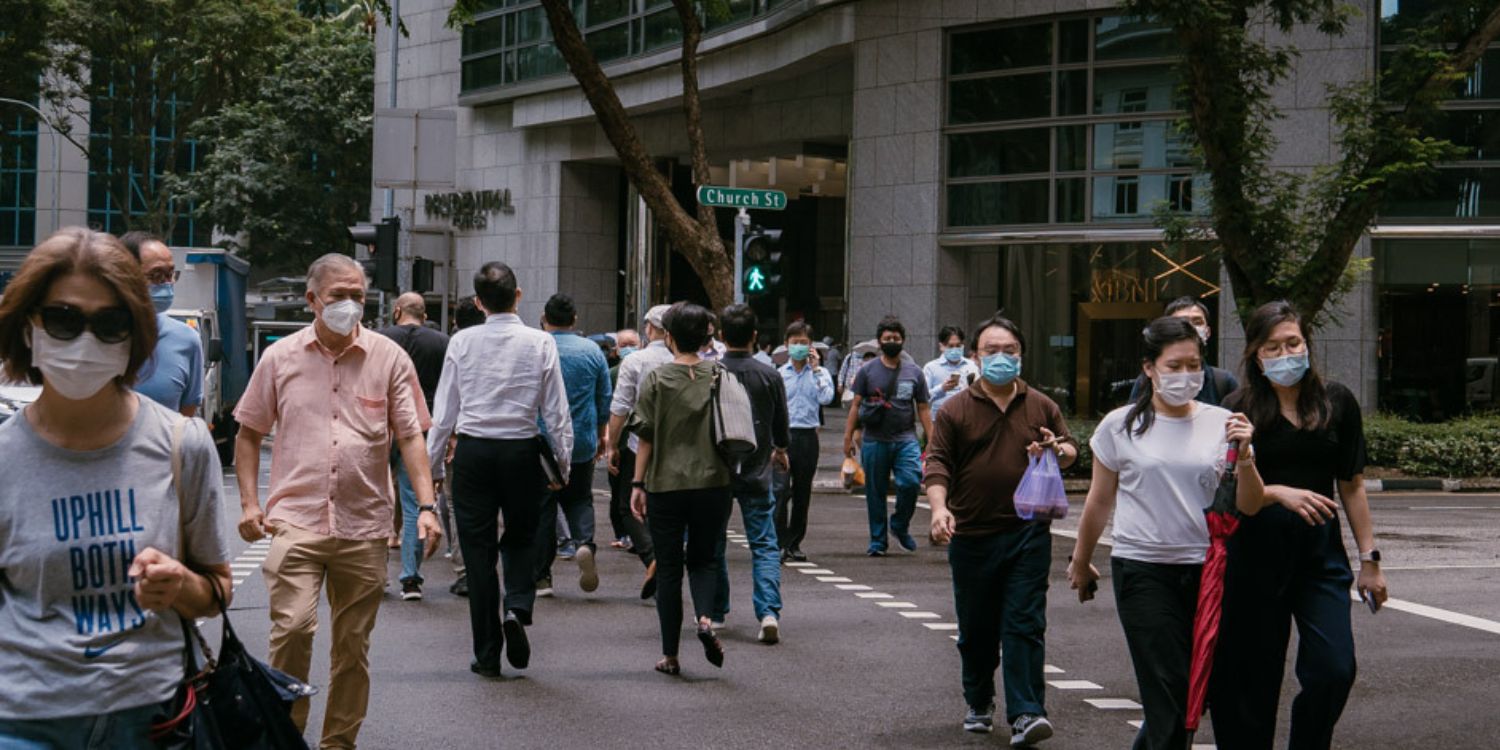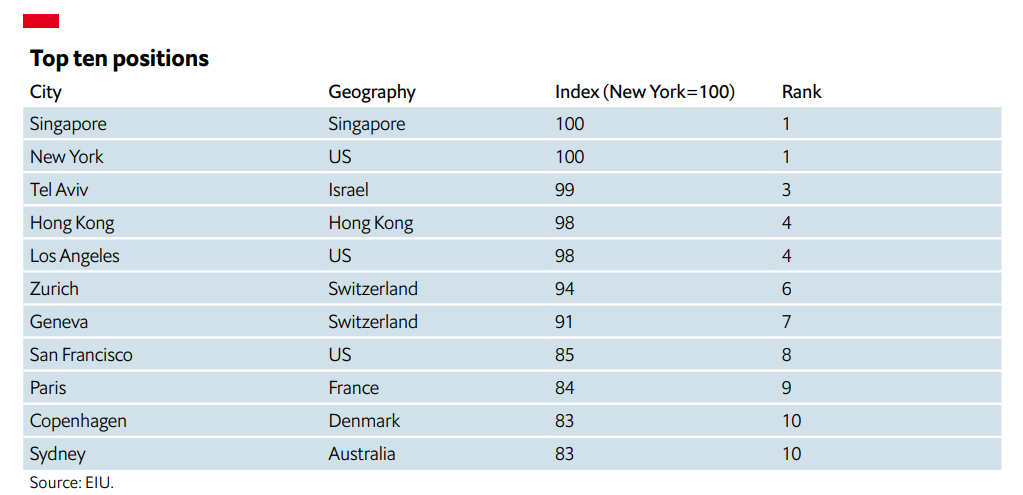Singapore Ties With New York As Most Expensive City In 2022
Despite Singapore’s small land area, our little red dot is well-known for our high living costs.
Last year, we were named the world’s second-most expensive city and the costliest city in Asia to live in.
S’pore Ranked 2nd-Most Expensive City & Asia’s Costliest Place To Live In: Economist
Recently, a survey by the Economist Intelligence Unit (EIU) showed that we moved up the ranks, as we’re officially the most expensive city, tied with New York.
Singapore ties with New York as most expensive city
On Thursday (1 Dec), EIU published its report on the Worldwide Cost of Living (WCOL) 2022.
This year, Singapore tied with New York as the most expensive city in the world.
Next was Tel Aviv in Israel, which held the top spot in EIU’s report last year.
Other cities in the list include:
- Hong Kong (4th)
- Los Angeles (4th)
- Zurich (6th)
- Geneva (7th)
- San Francisco (8th)
- Paris (9th)
- Copenhagen (10th)
- Sydney (10th)
Singapore has climbed up a spot while New York has climbed up five spots from last year, tying both cities in first place.
While most of the cities retained their places on the list, Osaka dropped a whopping 33 spots and ranked 43 this year. In contrast, they ranked 10th in EIU’s 2021 report.
Prices have risen by an average of 8.1%
EIU conducted the survey by monitoring the prices of goods and services in 172 cities worldwide. Due to the war between Ukraine and Russia, Kyiv had to be excluded entirely.
According to the report, prices rose by 8.1% over the year in the world’s biggest cities. EIU stated that this was the fastest inflation rate for at least 20 years.
This reflected the crisis over the cost of living, driven by the war in Ukraine and constant pandemic restrictions in China.
EIU also found that the price of a litre of petrol increased rapidly, by 22%.
Similarly, prices for gas and electricity rose by 29% on average in Western European cities as they work towards being more independent from Russia for energy. This is a stark contrast to the global average increase of 11%.
Unsurprisingly, due to the war in Ukraine and trade restrictions, inflation for basic necessities like food and household items remains high.
On the other hand, prices for recreational goods and services decreased. This may be because essentials are of higher priority, leading to lower demand for such goods.
Although the inflation rate is high, the combination of high income and stronger exchange rates thrust Singapore and New York to the top of the rankings.
Singapore citizens receiving support to cope with rising prices
Unfortunately, it doesn’t look like the high inflation rate is going away anytime soon.
With the ongoing war in Ukraine and the spillover effects of the pandemic, it’s difficult to predict when the economy will stabilise again.
Thankfully, Singapore’s Government is stepping up to help citizens cope with inflation, through initiatives like the S$1.4 billion boost to the Assurance Package.
Hopefully, with such measures in place, Singaporeans will be able to manage and lead fairly comfortable lives despite the high costs of living.
Have news you must share? Get in touch with us via email at news@mustsharenews.com.
Featured image by MS News.










